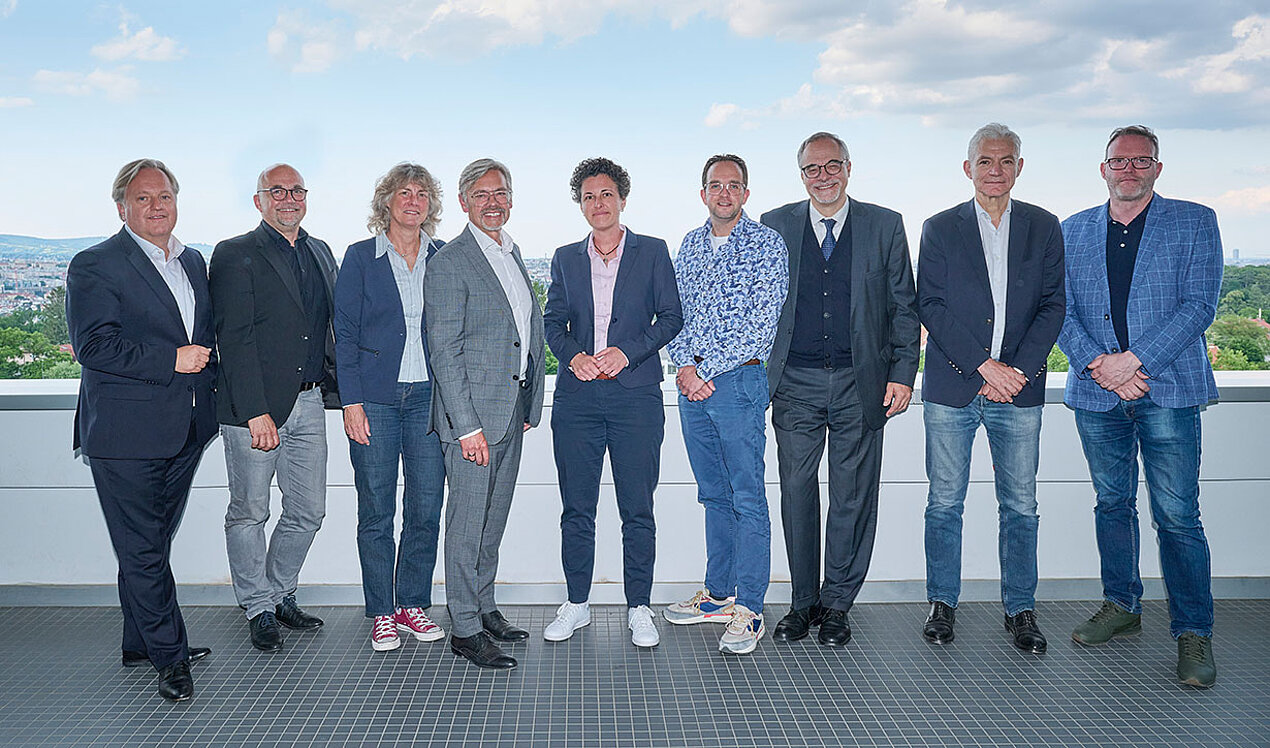
Leading European broadcasters support 5G Broadcast transmission technology
Leading European Broadcasters sign a Memorandum of Understanding on the eve of the World Radio Conference 2023 for the cooperation on joint activities concerning 5G Broadcast in Europe. Joint "European Roadmap" defines the further milestones, which will enable the possibility of roll-out of 5G Broadcast-based services as supplement to existing DTT deployments.
Since the beginning of 2023, 5G Broadcast has been ready for commercial rollout: standardization has been largely completed, trial operations by the leading broadcasters in Europe have been underway for several years, and the first smartphone prototypes have already been developed. This means that all components are available, in particular 5G Broadcast capable devices, enabling 5G Broadcast service and network operators to develop new services and business models.
Leading European broadcasters adopt roadmap for roll-out
Leading European broadcasters from France (France Télévisions), Italy (RAI), Germany (SWR, BR), the Netherlands (NPO), Ireland (RTÉ) and Austria (ORF/ORS) are now setting the pace and have signed a Memorandum of Understanding. Based on the "Roadmap to 5G Broadcast," it is the goal to cooperate on activities to further define Broadcast services and opportunities together with validating their business models. Numerous jointly developed 5G Broadcast applications and commercial use cases will be presented around the 2024 Summer Olympics in Paris and the UEFA European Football Championship in Germany. This work will enable the broadcasters to accurately assess the feasibility of adopting and rolling-out of the new transmission standard within the next number of years.
Michael Wagenhofer, Managing Director ORS Group: "The goal is to enable a European 5G Broadcast ecosystem for public media, cultural operators, creatives and audiovisual content providers, to reach mobile devices via direct reception and to make 5G broadcast market-ready. With this future-proof development, new use cases and business models such as car-entertainment systems, emergency warning and information services or for the metaverse will also be possible."
Interference-free IP-broadcasting in the UHF frequency band
The technology provides easy and democratically important access to audiovisual content. It also enables network operators and media content providers to deliver content and data to a large number of consumers in a crisis-proof manner - during live events, for example - without affecting the 5G mobile network. 5G Broadcast-based services will supplement existing DTT deployments and advance terrestrial networks for an IP-driven future.
The basis for interference-free broadcasting is the UHF frequency spectrum between 470 MHz and 694 MHz, which has been proven throughout Europe and is in addition to broadcasting used exclusively for live productions by cultural institutions using wireless production technology.
